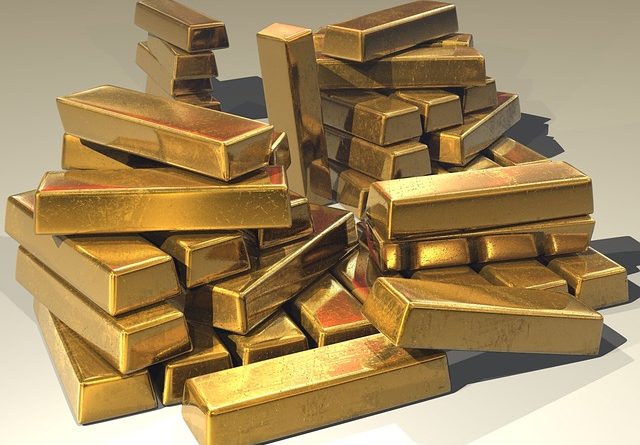Which Precious Metal is Best for Trading: A Comprehensive Guide
Investing in precious metals is a trending choice for traders looking to diversify their portfolios. The allure of metals like gold, silver, platinum, and palladium lies in their historical value and stability. However, deciding which precious metal to trade can be a daunting task. This guide will explore the various options and provide insights to help you make an informed decision. We’ll delve into the characteristics of each metal and the factors to consider when selecting the best one for your trading strategy.
Understanding Gold as a Trading Metal
Gold has always been a symbol of wealth and stability. It is often seen as a haven during economic uncertainty. Gold trading, for example, is favoured due to its liquidity and wide acceptance in the market. The value of gold is influenced by factors such as geopolitical stability, currency fluctuations, and inflation rates.
Gold’s appeal lies in its ability to maintain value over time. It is liquid, making it easy to buy and sell. Furthermore, gold is less affected by economic downturns than other assets, making it a reliable choice for many traders.
Exploring Silver for Trading
Silver, called the poor man’s gold, is another popular precious metal for trading. Compared to gold, silver offers a lower entry point, making it accessible to diverse traders. Silver’s value is influenced by industrial demand, as it is used in various applications such as electronics, solar panels, and medical devices.
Silver’s volatility can present both opportunities and challenges for traders. Its price can fluctuate more significantly than gold’s, providing the potential for higher returns. However, this also means that the risks are higher.
Platinum: A Unique Trading Option
Platinum is a rare metal with unique industrial purposes, especially in the automotive industry for catalytic converters. Its rarity and industrial use make it a valuable trading asset. However, platinum is more susceptible to economic cycles due to its industrial demand. Trading platinum requires understanding the automotive industry’s health and technological advancements. Metal prices can be highly volatile and influenced by changes in manufacturing processes and economic conditions.
Palladium: An Emerging Trading Metal
Palladium has gained attention in recent years for its increasing demand in the automotive sector, particularly for catalytic converters in gasoline engines. Like platinum, palladium’s value is closely tied to industrial demand. Its price has grown significantly, making it an attractive option for traders.
Things to Consider When Choosing a Metal for Trading
When deciding which precious metal to trade, several factors should be considered. First, understanding the market dynamics and demand drivers for each metal is crucial. Trading gold benefits from its status as a haven, while silver and palladium are influenced by industrial demand.
Liquidity is another important factor. Gold is highly liquid, making it easy to buy and sell, while platinum and palladium can be less liquid, leading to potential challenges in entering and exiting positions. Additionally, considering the metal’s volatility and price movements can help align your trading strategy with your risk tolerance.
Market Dynamics and Trends
Understanding each metal’s market dynamics and trends is imperative in making a decision. For instance, gold trading benefits from its status as a safe asset, making it less volatile than other metals. On the other hand, silver’s dual role as a precious and industrial metal means its price can be influenced by many factors, encompassing technological advancements and industrial demand. Platinum and palladium, primarily used in the automotive industry, are highly influenced by trends in vehicle manufacturing and environmental regulations.
Liquidity and Accessibility
Liquidity refers to how an asset can be bought or sold without affecting its price. Gold is known for its high liquidity, making it a popular choice for traders. Silver also enjoys good liquidity, although it can be more volatile. Platinum and palladium, while valuable, can be less liquid, potentially posing challenges for traders looking to enter or exit positions quickly.
Accessibility is another consideration. Gold and silver are widely recognized and traded on numerous exchanges, providing easy access for traders. Platinum and palladium, being more specialized, may have fewer trading platforms available, requiring traders to find suitable markets and platforms for their trades.
Choosing the best metal to trade depends on your trading goals, risk tolerance, and market knowledge. Gold remains a trustworthy choice due to its stability and liquidity. Silver offers accessibility and the potential for higher returns, while platinum and palladium provide unique opportunities tied to industrial demand.
Trading precious metals requires careful consideration of various factors. Gold trading offers stability and liquidity, making it a reliable choice for many traders. Silver, platinum, and palladium each present unique opportunities and challenges influenced by industrial demand and market dynamics.

